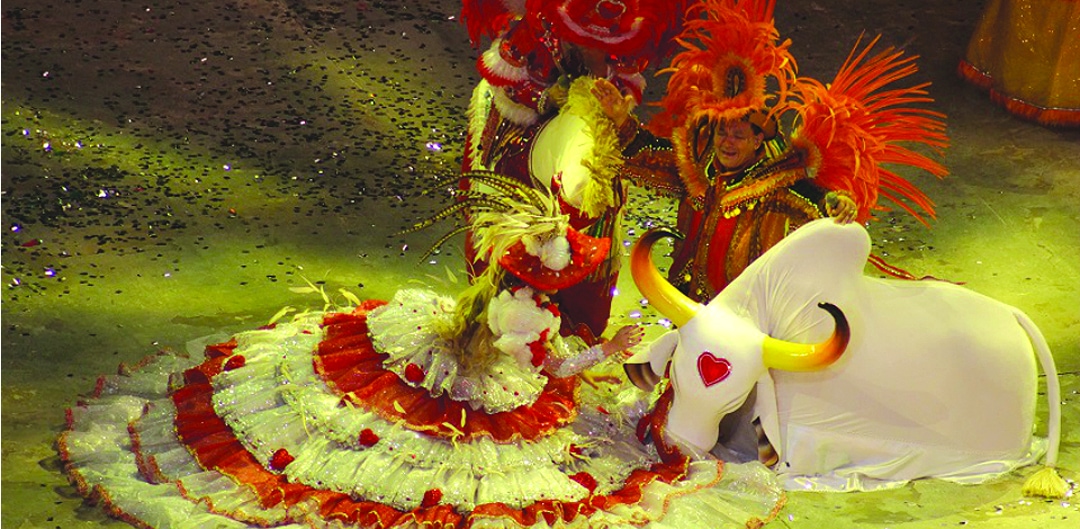Tourists who visit Brazil can take the opportunity to get to know a number of unique cultural expressions that preserve and tell the country’s history. In northern Brazil, two have won special protection this month: The National Institute of Historic and Artistic Heritage (Iphan) has recognised Marabaixo and Boi Bumbá as cultural heritage of Brazil. This means the government will strengthen actions to ensure that these artistic expressions can be protected are preserved.
Learn more about each one of them below, and discover why they deserve to be in your must-see list while travelling in Brazil:
Marabaixo
A regular feature in the state of Amapá, Marabaixo is an unique cultural expression that combines dance, music and song. The manifestation is a recurrent features in places occupied by black populations. The verses of Marabaixo songs are known as Ladrões (“Thieves”), and tell the very history of those who produce and reproduce them, in addition to providing an unique perspective of the social space in which these peoples coexist.
Marabaixo groups have seventy components, who make presentations playing percussion instruments they call snare drums. The singers sing the Thieves and the dancers – wearing round flowery skirts and flowers in their hair – dance in a counter-clockwise circle around the musicians.
Several groups present in Amapá every year during the Marabaixo Cycle. The period accompanies the Roman Catholic calendar, beginning on Holy

Saturday and extending for forty days after Easter Sunday.
Boi-Bumbá
The Boi-Bumbá Cultural Ensemble of the Middle Amazon and Parintins, in the state of Amazonas, is a festive cultural manifestation that has in the Boi (“Ox”) its main cultural element and origin myth and congregates a number of traditional dance styles, songs, drama and storytelling.
The ways of “playing the Ox”, as the locals call the festivities, change widely depending on the region of the country. Variations and denominations differ in each context, as do the times of the year during which the Boi-Bumbá takes place. In the Amazon, the Boi is considered to be born during the Jesuit missions. The missionaries made an effort to catechise the country throughout the seventeenth century, and in the North merged European Mediterranean traditions with indigenous and black influences to help tell their stories.
The Parintins Folkloric Festival is the biggest cultural event of the year in the Amazon, bringing together performances by the Garantido and Caprichoso (the two big rival Boi-Bumbá groups) for three consecutive nights in the last week of June.
Cultural Heritage
The process of listing an expression as Brazilian cultural heritage begins with a formal request for review, which can be presented by civil society associations or governmental institutions. This request must be forwarded to Iphan. In the institute, the request is sent to the Cultural Heritage Advisory Board, which evaluates the listing and registration dossiers submitted. The Board is made up of specialists from various fields, such as culture, tourism, anthro-pology, architecture & urbanism, sociology, history and archeology. When registered, the asset receives the title of Brazilian Cultural Heritage, after which it is inscribed in one of the four Books of Records.
Source: https://gestaoconteudo.presidencia.gov.br


